By Erica Rohde
Staff Writer
Video by Hamin Kim
Six years ago, North Lake College American Sign Language professor Barb Armistead and husband John Armistead picked up three new dogs and took them home. Two of them deaf and one hearing, Daisy, Lily and Barney nudged their way into the hearts of one of the most loving family units any North Lake student had ever seen.
There is a deep love and understanding that Barb feels for her dogs which becomes evident as she whips out the pictures and gushes over them in class like a proud owner would. Barb proceeds to tell them that not only are two of them deaf, but that she signs to all three of them. The students are caught in awe.
“I show [my students] the pictures and I say ‘everyone roll your eyes now’,” Barb said. “‘Two of them are deaf’ and then they all gasp. Then they have to guess which two. Point is that you cannot tell. ‘Oh and we sign to them,’ and their mouths drop. [The dogs] do understand and react.”
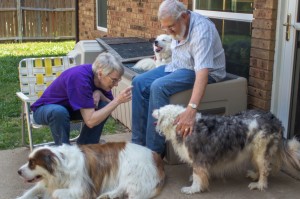
Armistead then gives countless examples of her experiences with the dogs to the class. When verbalizing what she describes as a fun and chaotic memory of the dogs, the wheels in the students’ heads start turning in different ways, questions begin developing, imagination starts flowing, and there is a broader understanding of the deaf culture that extends beyond knowing the technicalities of hand gestures.
“We get to see the application of the language,” North Lake student Matt Doherty said. “You usually just think about how the language applies to human beings, but we also know animals can use it as well. It is a very beautiful thing and a very useful thing.”
Students inquire about the challenges the family faces to take care of their dogs as compared to an owner of all hearing dogs, but what they cannot miss is the microcosm presented of the deaf culture and its strong ties to touch, its impeccable sense of honesty and the extraordinary lesson that should defeat a popular stigma.
“It doesn’t matter if they can hear or not,” Barb said. “They are dogs first. Deaf people are people first who happen to not be able to hear. They are dogs, they are funny, they shed, they eat, they do all of the dog stuff. Some people just need to look at Daisy and know that hearing doesn’t determine the quality of your life.”
The deaf culture formed its own way of communicating and according to Barb, has even magnified the importance of what the hearing take for granted; a culture that has arguably grasped a better understanding of togetherness and expressing love.
“You cannot have culture without language and language without a culture,” Barb said. “The deaf culture is more open and honest. You always know where you stand with a deaf person because of how they are communicating. Everyone’s hand gestures are different just as everyone’s voice is different. They hug differently. Deaf people give full body hugs. Hearing people give A-frame hugs. The dogs are more touch oriented. They are more sensitive to it.”
Instead of a short word or two, the communication between those who are deaf is perceived on a deeper level than to simply understand what the person is signing. Just as when Barb speaks to or signals the commands to her dogs, a full gaze is needed from the dogs for them to understand fully what she is communicating to them.
Barb also wants students to recognize that how someone communicates depends on what he or she has been exposed to and what becomes most useful.
“A child who is deaf may enter school not knowing his or her own name,” Barb said. “They do not hear how words fit together. They grow up thinking in pictures and signs.”
Whatever works for them before the language is programmed works for them.
“I assume Daisy does not have an understanding of sound,” Barb said. “In the morning, we leave her crate doors open. She will claw the door since she knows that by doing that people react. She knows that whatever it is is connected with our response.”
The family dynamic of the Armisteads is certainly unique in that the two must get in the dogs’ line of vision or blow on Daisy and Lily to wake them up so as to not startle them, but Barb claims the understanding is not much different from a family with hearing dogs.
“I feel the deaf dogs understand just as much when we are signing just as hearing dogs understand what you are saying,” Barb said. “But for a deaf dog to understand the sign language and to obey sign language are two different things.”
Her passion for the dogs and the language is seen by her students. The two loves combined as well as any complications of owning the dogs thrown in creates the notion among students that along with Barb’s experience with American Sign Language she is a person with a lot of love and compassion.
“Owning two dogs that are deaf shows her passion for a huge responsibility,” Doherty said. “Not a lot of people do that. It is hard to find a home for animals alone. A lot of people look for guard dogs or do not put that much time into it. It shows me she has a big heart and that there should not be a stigma.”
Many soon-to-be owners would look at a dog like Daisy who is deaf with one eye and pass by the dog as if there is no way that he or she would come close to the sort of companionship a hearing dog might give.
“So many deaf dogs are put to sleep and no one wants to work with them,” John said. “Why not get a deaf dog and learn to communicate with it. It is really a fairly simple thing to do. They respond to gestures. It is a logical extension. From a human standpoint you have to be more alert of caring, but they do not do anything different really. It is the people’s perception when it comes to caring. It has a lot to do with love.”



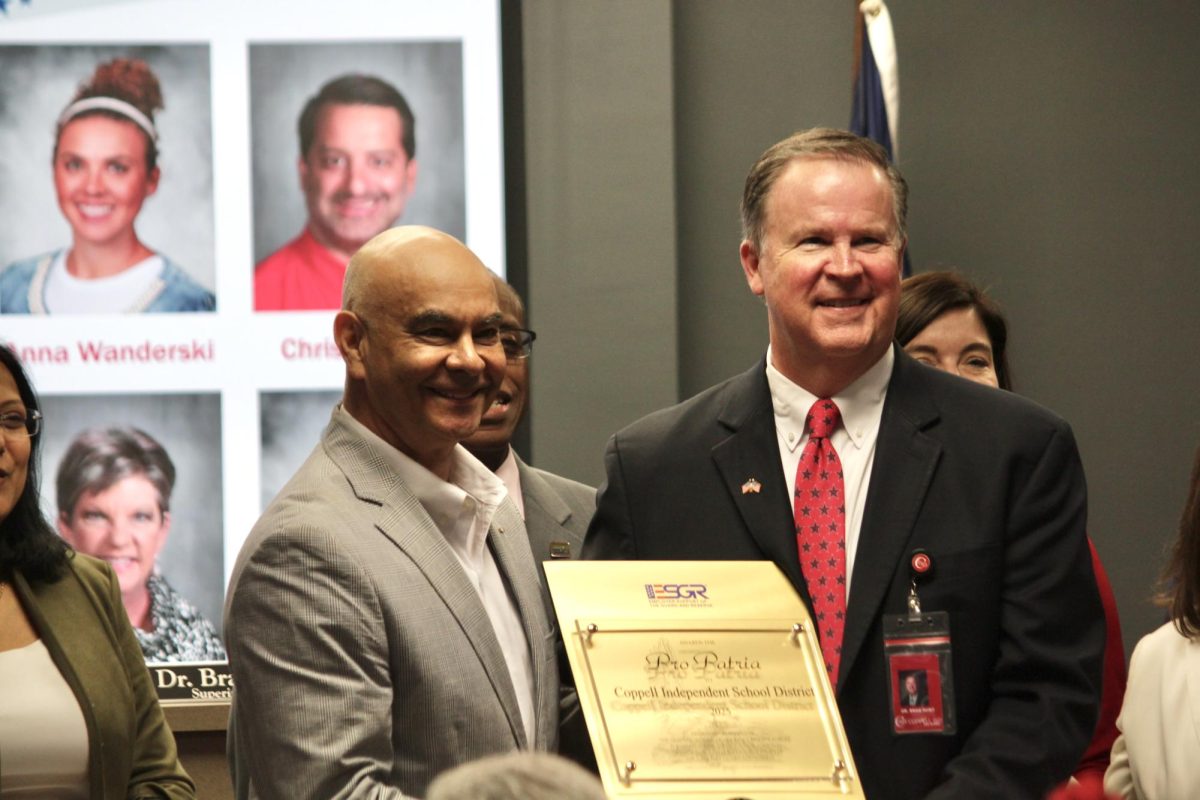
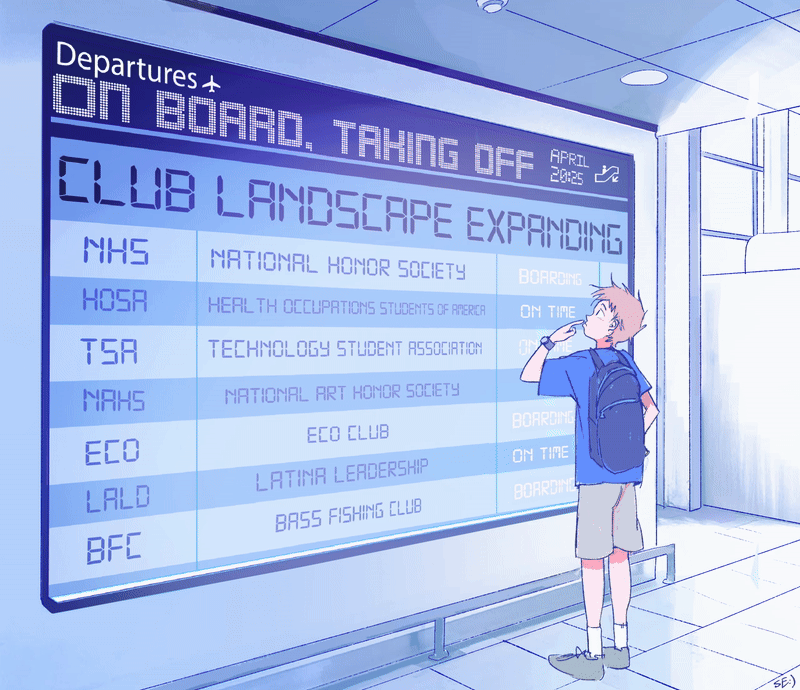
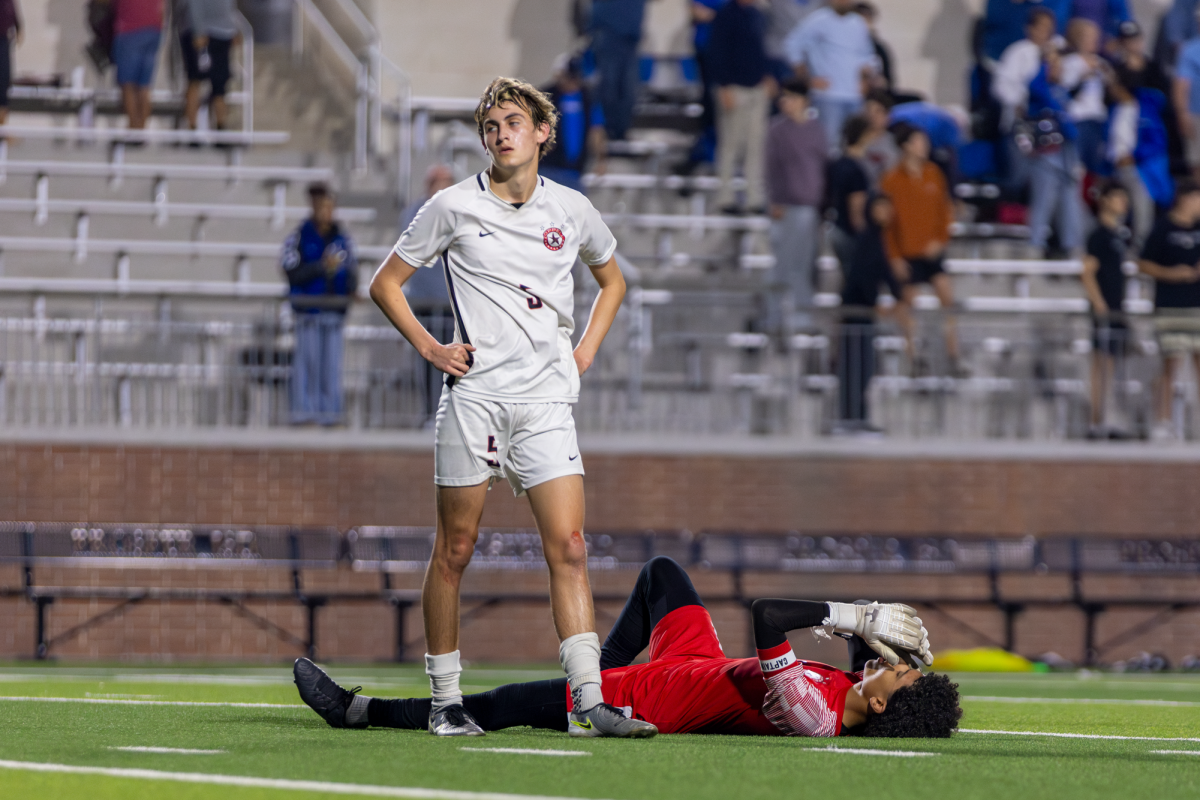
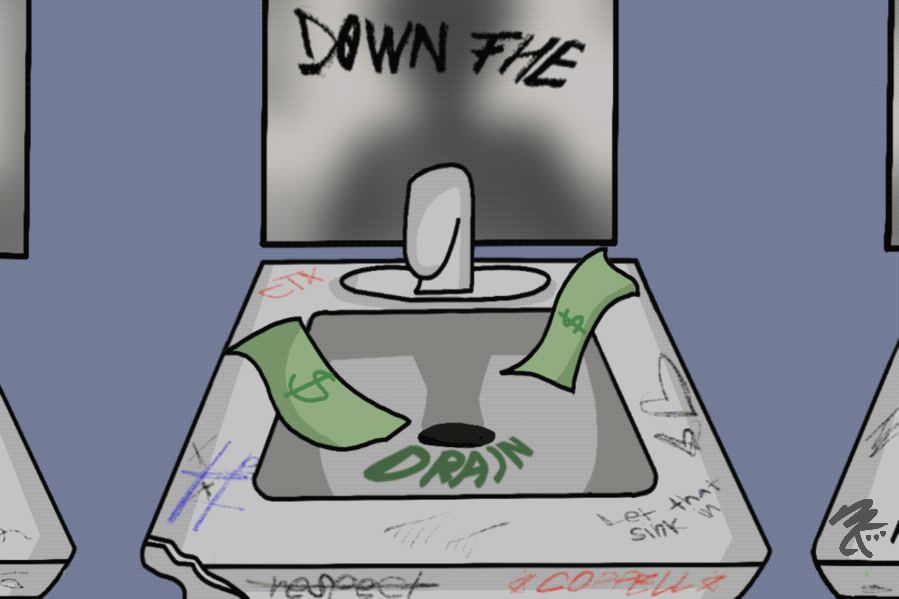
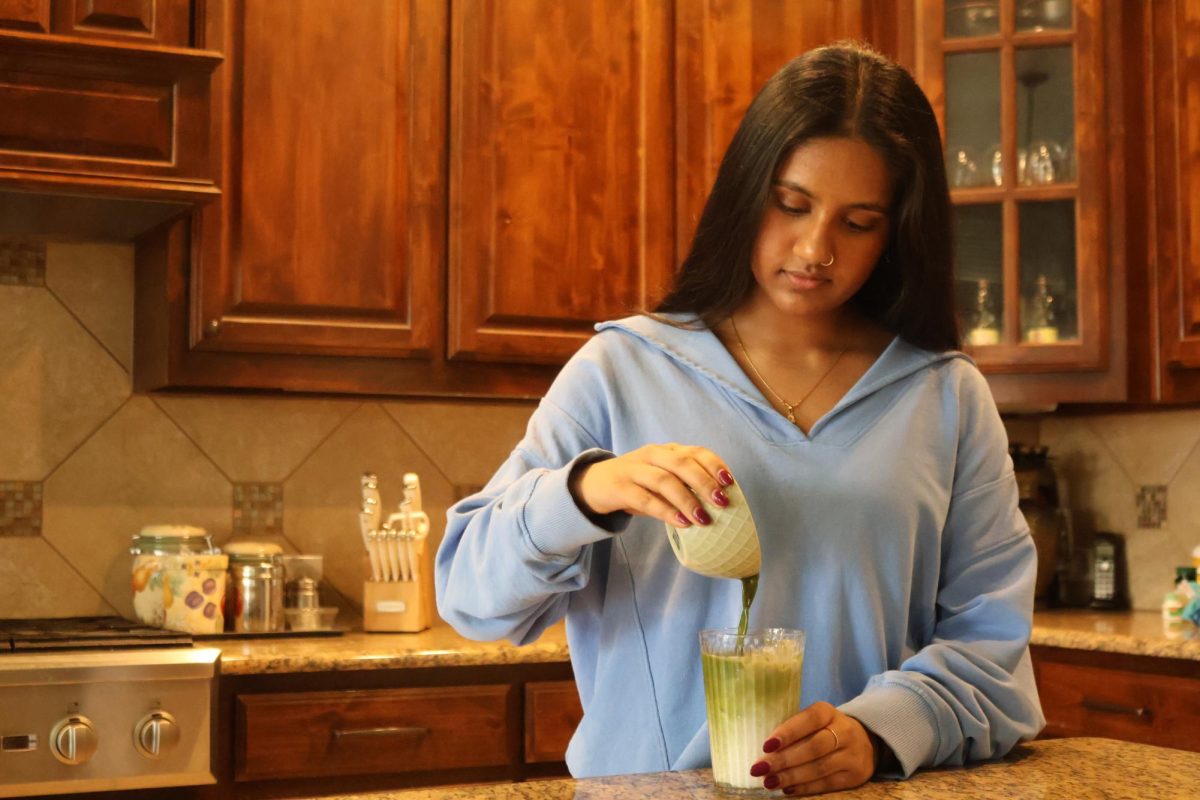

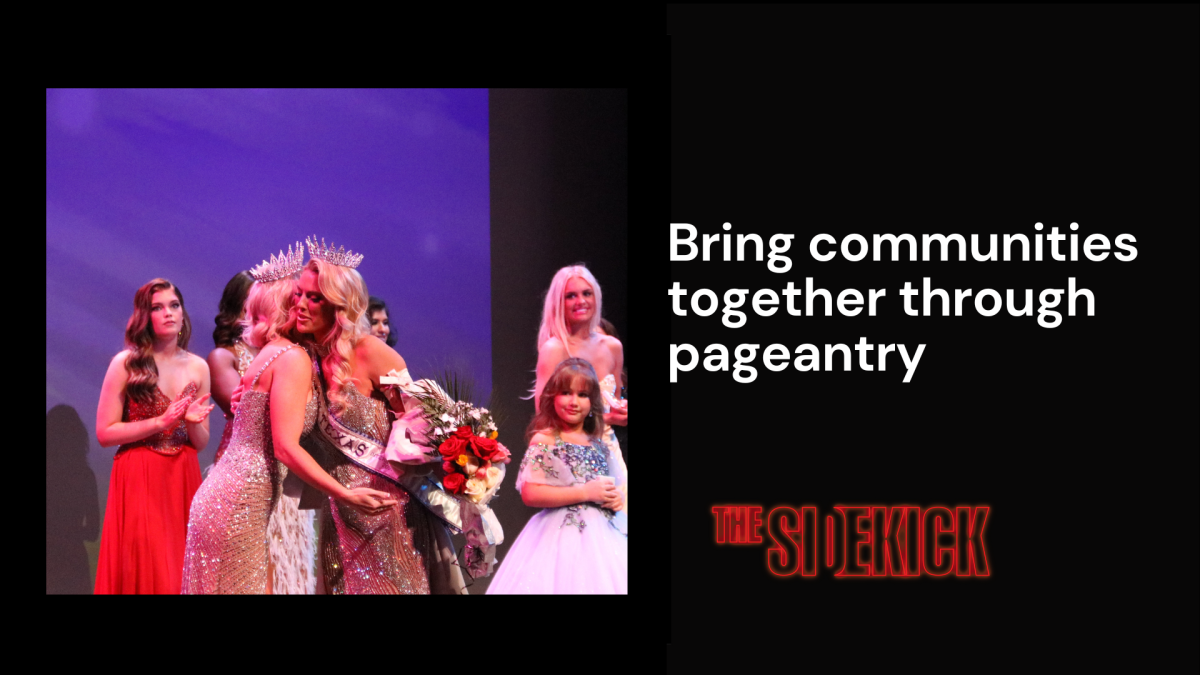




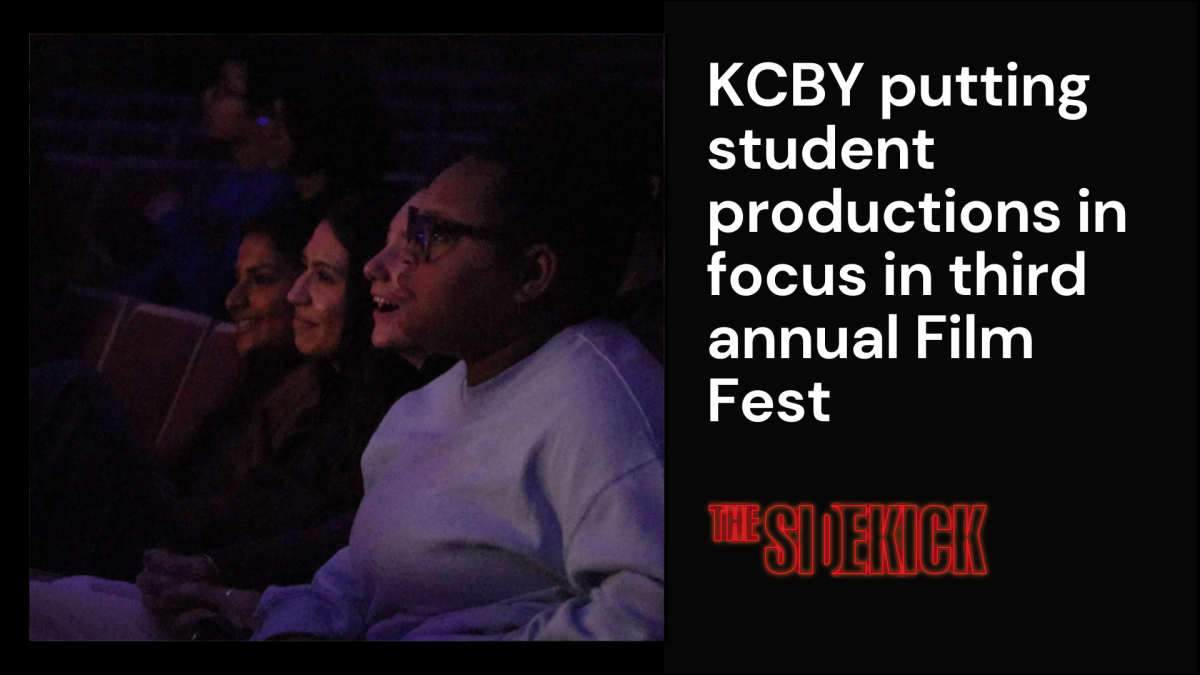
Chris Hazeldine • May 21, 2019 at 5:43 pm
I was in one of her classes. She’s a jerk and she thinks it’s comical to make fun of the deaf students she taught at the deaf school